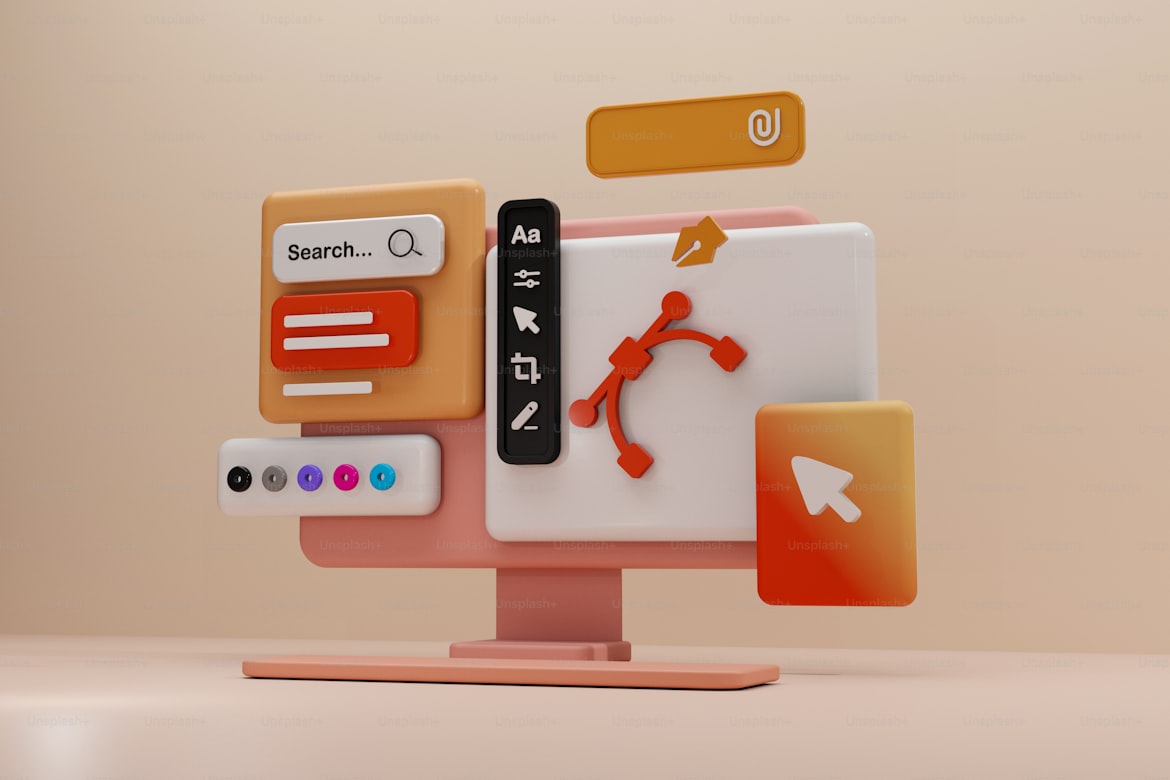Cognitive Distortions Checklist
- April 29, 2025
- 0 Comments
A Cognitive Distortions Checklist is a useful tool in Cognitive Behavioural Therapy (CBT) to help you identify and understand the irrational or biased thinking patterns that often contribute to negative emotions and unhelpful behaviours. Cognitive distortions are ways of thinking that tend to exaggerate problems, minimize positive experiences, or lead to unhelpful conclusions. Recognizing these distortions is the first step in challenging them and adopting more balanced thinking.
Here is a Cognitive Distortions Checklist with descriptions and examples of common cognitive distortions:
Cognitive Distortions Checklist
1. All-or-Nothing Thinking
⦁ Description: Seeing things as black or white, with no middle ground. If something isn't perfect, it's seen as a complete failure.
⦁ Example: "I made one mistake, so the whole project is a failure."
2. Overgeneralization
⦁ Description: Making broad, sweeping conclusions based on a single event or limited evidence.
⦁ Example: "I didn’t get the promotion, so I’ll never be successful in my career."
3. Mental Filter
⦁ Description: Focusing solely on the negative details of a situation while ignoring the positives.
⦁ Example: "I got a lot of compliments on my presentation, but one person said it was unclear, so the whole thing was a failure."
4. Discounting the Positive
⦁ Description: Rejecting positive experiences or achievements by insisting they don’t count.
⦁ Example: "That was just luck, I didn’t really do anything special."
5. Jumping to Conclusions
⦁ Description: Making negative assumptions without evidence or facts. This can involve mind reading or predicting the future.
⦁ Two types of jumping to conclusions:
⦁ Mind Reading: Assuming you know what others are thinking.
⦁ Example: "She didn’t say hello to me, so she must not like me."
⦁ Fortune Telling: Predicting the future in a negative light, with no solid evidence.
⦁ Example: "I’m going to fail this test no matter how hard I study."
6. Magnification (Catastrophizing)
⦁ Description: Exaggerating the importance of problems or mistakes, expecting the worst possible outcome.
⦁ Example: "If I mess up this meeting, I’ll get fired and never find another job."
7. Minimization
⦁ Description: Downplaying positive aspects of a situation or your abilities, often in comparison to others.
⦁ Example: "Anyone could have done what I did. It wasn’t that big of a deal."
8. Emotional Reasoning
⦁ Description: Believing that your emotions reflect objective reality.
⦁ Example: "I feel stupid, so I must be stupid."
9. Should Statements
⦁ Description: Having rigid rules and expectations about how you or others should behave, leading to guilt, frustration, or disappointment.
⦁ Example: "I should always be perfect in everything I do."
10. Labeling and Mislabeling
⦁ Description: Assigning global negative labels to yourself or others based on specific behaviors or events.
⦁ Example: "I made a mistake, so I’m a failure."
11. Personalization
⦁ Description: Blaming yourself for events outside of your control, or assuming responsibility for things that aren't your fault.
⦁ Example: "My friend is upset, and it must be because I didn’t call her enough."
12. Blaming
⦁ Description: Holding others entirely responsible for your feelings or problems, without considering your own role in the situation.
⦁ Example: "I’m so unhappy because of how my boss treats me."
13. Fallacy of Fairness
⦁ Description: Believing that life should be fair and getting frustrated when things don’t turn out the way you expect.
⦁ Example: "It’s not fair that I didn’t get the promotion. I worked harder than others."
14. Heaven's Reward Fallacy
⦁ Description: Believing that if you make sacrifices or do the "right" thing, you will automatically be rewarded, and feeling resentful when the reward doesn’t come.
⦁ Example: "I’ve been so good and patient, so why hasn’t anything good happened to me?"
How to Use the Cognitive Distortions Checklist
⦁ Identify the Distortion:
When you experiences negative thoughts or emotions, you can use this checklist to determine if any of the listed cognitive distortions are influencing your thinking.
⦁ Record the Distortion:
Write down the thought and check which distortion(s) might apply. Sometimes there may be more than one.
⦁ Challenge the Distortion:
After identifying the distortion, work to challenge it. For example, you can ask yourself: "What evidence do I have for and against this thought?" or "Is there a more balanced way to view the situation?"
⦁ Generate an Alternative Thought:
Work towards generating a more balanced or realistic alternative thought. This may involve re-framing the negative thought into something more accurate and less emotionally charged.
⦁ Monitor Progress:
Reflect on your thoughts regularly and use the checklist to spot and address cognitive distortions as they arise.

